May 21, 2025 | 21:45 GMT +7
May 21, 2025 | 21:45 GMT +7
Hotline: 0913.378.918
May 21, 2025 | 21:45 GMT +7
Hotline: 0913.378.918
As the locality with the largest durian-growing area in the Mekong Delta, Tien Giang province has issued 155 planting area codes for over 6.900 hectares of durian. This represents a significant advantage for the province to boost official (direct) exports.
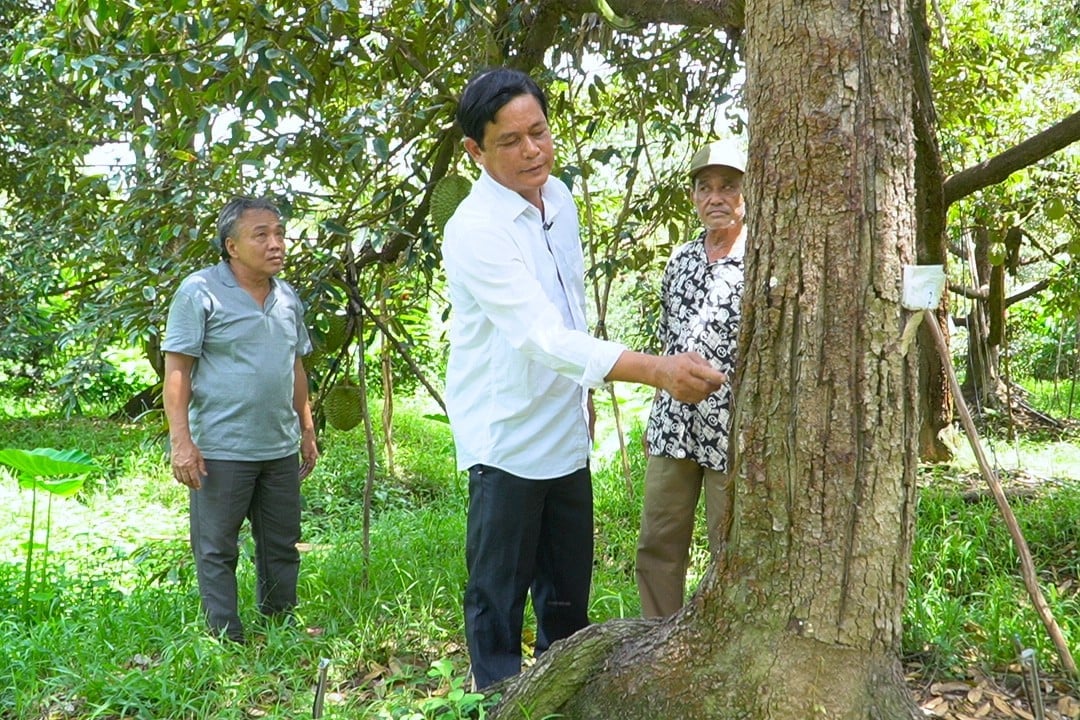
Durian-growing areas in Tien Giang are overseen by the local Department of Agriculture and Environment. Photo: Kim Anh.
However, the management of planting area codes in Tien Giang is also facing challenges. According to Mr. Vo Van Men, Director of the Tien Giang Sub-Department of Crop Production and Plant Protection, the current procedure for granting planting area codes follows Official Dispatch No. 1776/BNN-BVTV dated March 23, 2023, issued by the Ministry of Agriculture and Environment (formerly the Ministry of Agriculture and Rural Development). However, penalties for fraudulent practices, such as code misuse or "code theft", remain vague. This poses significant risks for businesses, cooperatives, and farmers.
In recent years, Can Tho City has also emerged as a key durian-growing area, with nearly 7.000 hectares under cultivation. However, to date, only about 70 planting area codes have been issued, covering approximately 1.500 hectares - just over 21% of the total area. This means that only a small portion of the city’s durian output qualifies for official export.
Mr. Tran Thai Nghiem, Deputy Director of the Can Tho Department of Agriculture and Environment, noted that the local use of planting area codes has shown some progress. In cases where residues exceed permitted levels or harmful organisms are detected, the city’s agricultural sector has closely coordinated with the Sub-Department of Crop Production and Plant Protection to respond promptly.
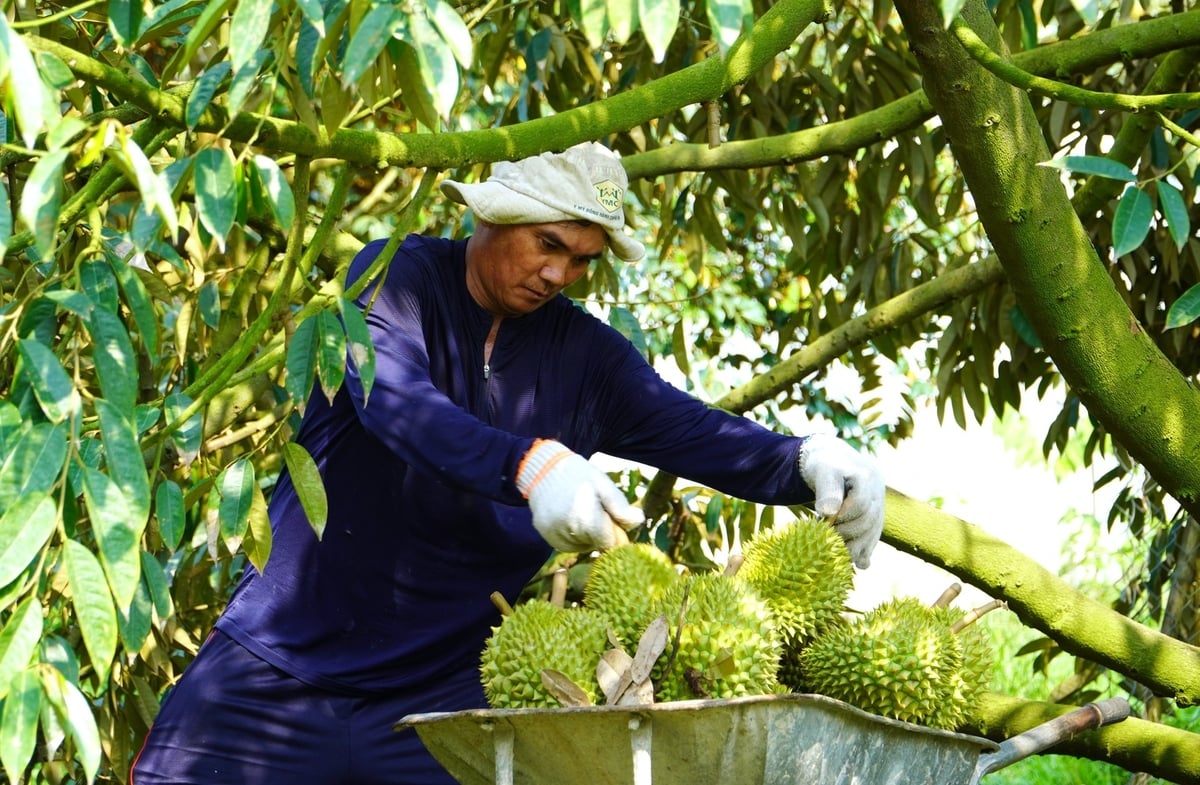
The area of durian orchards granted planting area codes in Cần Thơ City remains very limited. Photo: Kim Anh.
However, the issuance of planting area codes in Can Tho city is facing two major bottlenecks: First, the fragmented and non-concentrated production area means many locations do not meet the minimum scale required for granting codes. Second, many farmers are not accustomed to keeping production logs, which makes traceability difficult.
In addition, Can Tho city has only one durian packaging facility that meets export standards. Meanwhile, traders or enterprises from other regions purchase most of the durian, then packaged outside the city. This reality has led to the use of codes that lack transparency, or in other words, code fraud.
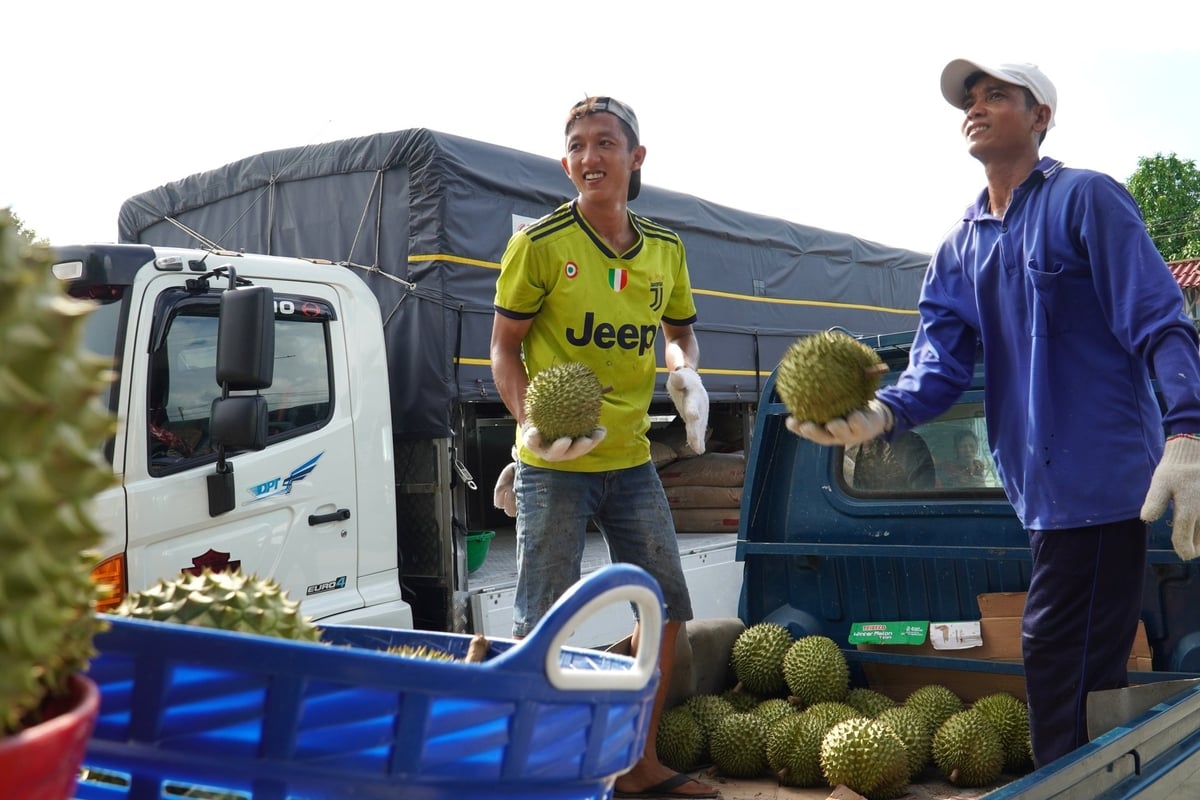
Currently, most of the durian output in Can Tho city is purchased by enterprises for export. Photo: Kim Anh.
"The agricultural sector can only track which company buys which code, but mixing codes, falsifying output, or misassigning planting area codes… is very difficult to control without strong involvement from central agencies such as the General Department of Customs, the Department of Crop Production and Plant Protection," Mr. Nghiem emphasized.
In 2024, Can Tho's durian output reached over 50,000 tons, and it is estimated that by 2025, the production could increase to 80,000 to 100,000 tons. Durian is now the second-largest crop in terms of output, following rice. Therefore, the Can Tho Department of Agriculture and Environment has proposed four priority solutions for the sustainable development of the durian industry.
First, enhancing farmers' professionalism by confirming that production is transparent and well-documented. Farmers cannot continue to rely on the durian price of 80.000 - 100.000 VND per kg and then complain when the price drops to 30.000 VND per kg. In fact, in Can Tho, durian production costs around 20.000 VND per kg, and selling at 35.000 - 40.000 VND per kg provides a good profit for farmers if the production process is well-managed.
Second, reduce dependence on fresh fruit exports. When the peak season arrives or if the border gates are "frozen," price drops are inevitable. Therefore, Mr. Nghiem recommended focusing more on the domestic market. At the same time, by developing preservation and processing technologies, from frozen durian and de-pulping to ready-to-eat products, Vietnam can fully follow this direction.
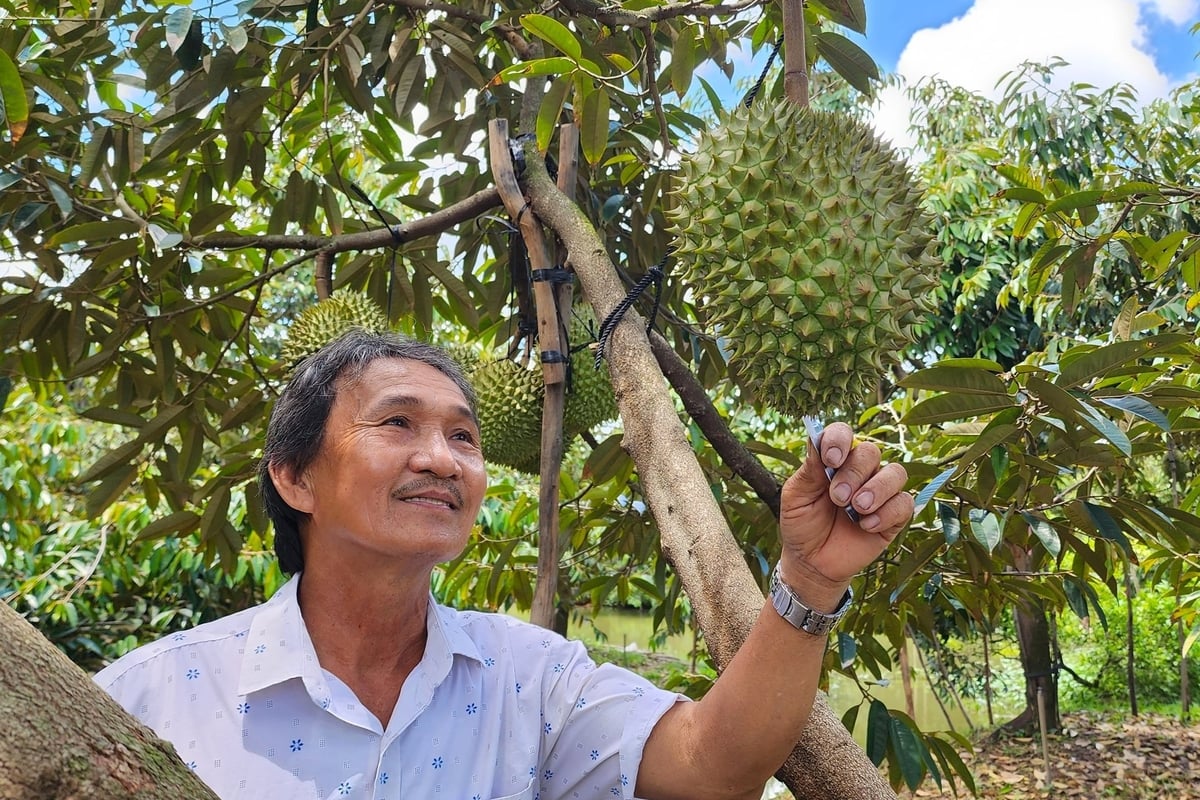
It is projected that durian production in Can Tho city could reach 80.000 to 100.000 tons in 2025. Photo: Kim Anh.
Third, strengthening the linkages between enterprises, cooperatives, and farmers to foster mutual understanding and share benefits and risks is essential for building a sustainable value chain.
"Durian cannot remain merely a seasonal story with temporarily sky-high prices. For long-term success, we must standardize production, strengthen links across the value chain, and take a longer-term view beyond today’s immediate challenges," shared Mr. Vo Van Men.
Fourth, tighten the management of planting area codes and residue control. Recently, China’s approval of frozen durian imports has helped ease some difficulties. However, new technical barriers, such as cadmium and “Yellow O”, remain significant challenges. Durian-producing localities must work more closely with central agencies to promptly eliminate fertilizers and chemicals prone to leaving harmful residues. At the same time, the traceability, monitoring, and violation response systems must be improved.
"Currently, over 80% of Can Tho’s durian output is purchased by enterprises for export. Without stronger efforts in code issuance, code management, linking production with consumption, and developing processing capabilities, the risk of 'output bottlenecks' will become increasingly real," emphasized Mr. Nghiem.
Mr. Vo Van Men also stressed that stricter management will only be effective with a clear and complete legal framework, especially with regard to penalties for violations. Therefore, the Tien Giang Sub-Department of Crop Production and Plant Protection recommends that the Ministry of Agriculture and Environment issue official documents or standards to guide the issuance and management of planting area codes, clearly defining penalties for improper use.
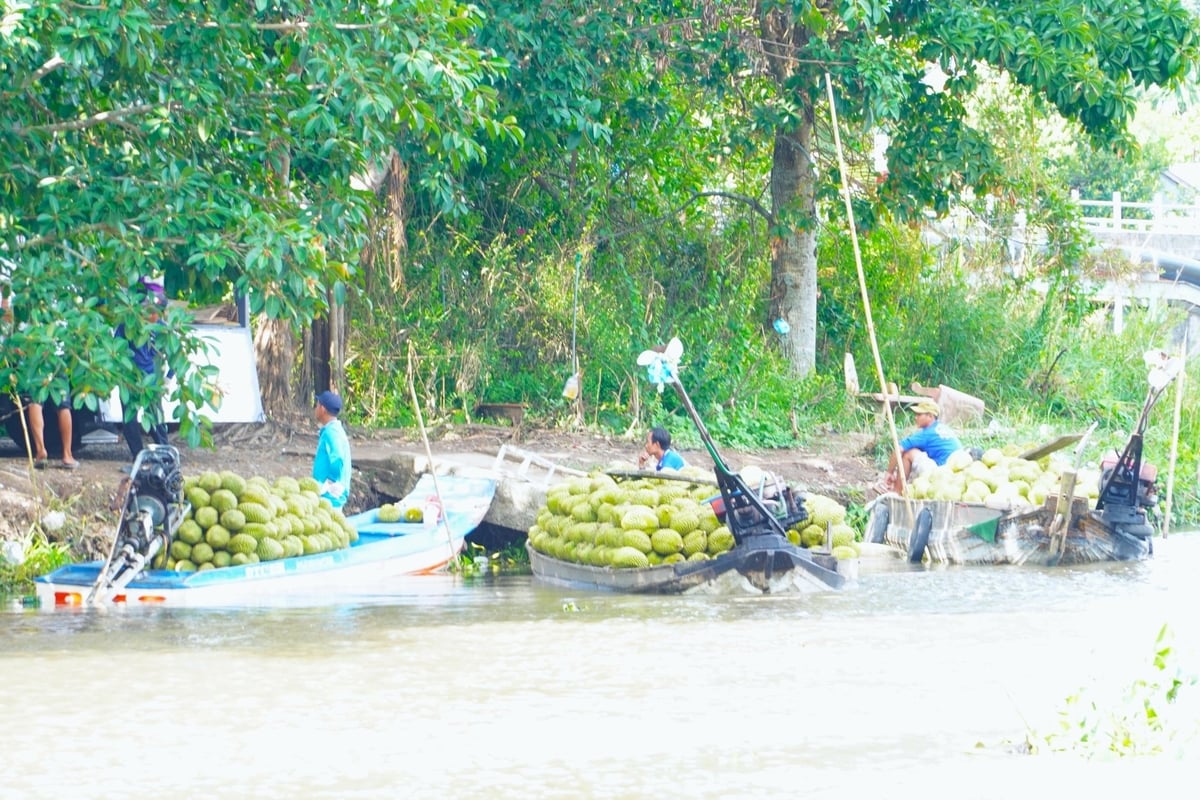
A durian collection and purchasing point in Phong Dien district, Can Tho city. Photo: Kim Anh.
To prevent the risk of planting area code fraud, Tien Giang continues to monitor each planting area according to its assigned code. In cases where codes are misused or production conditions are not met, the province will temporarily suspend or request the revocation of the code. At the same time, the relevant authorities will immediately report to the Department of Plant Production and Protection to stop the export procedures for the violating code.
In addition, the Tien Giang Sub-Department of Crop Production and Plant Protection also focuses on communication and awareness. Enterprises, cooperatives, and farmers participating in the planting areas are regularly informed of import regulations, issued codes, current code usage status, and authorization mechanisms, all of which aim to protect the legal validity of the codes and ensure sustainable production practices.
$ 1 = VND 25.972 - Source: Vietcombank.
Translated by Phuong Linh
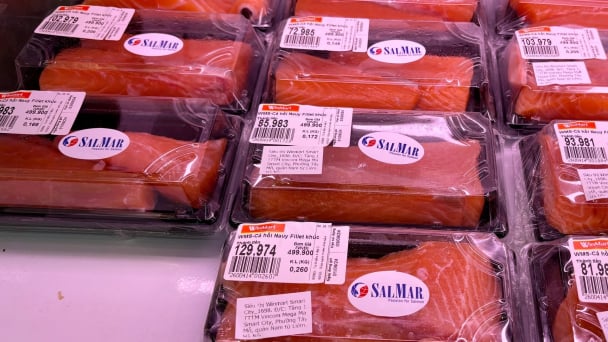
By minimizing waste, embracing modern technology, and expanding into niche markets, SalMar - the second largest producer of Atlantic salmon in the world has built a successful strategy to conquer the global market.
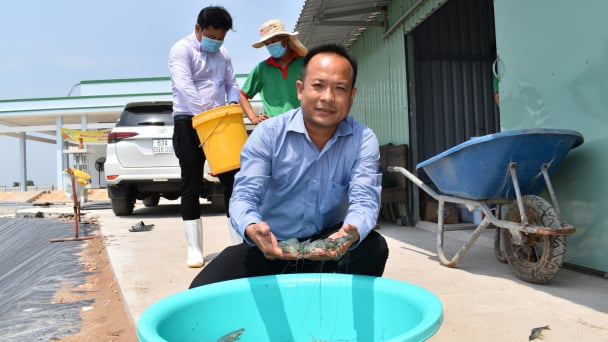
(VAN) One of the key factors for businesses to effectively take advantage of tariff preferences under these FTAs is the rules of origin.
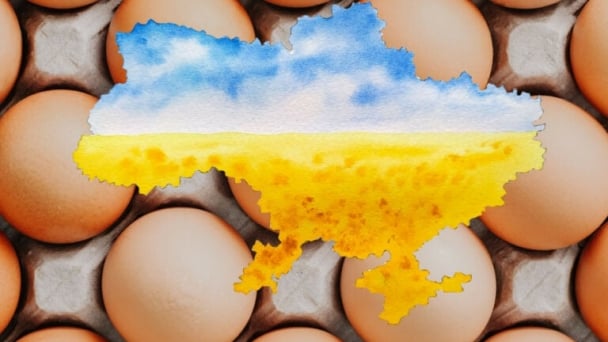
(VAN) Oliyar, a prominent Ukrainian oil and fat manufacturer, has revealed plans to build a farm for 2.3 million laying hens in the Lviv region. The additional production quantities promise to change the competitive landscape of the egg market of the Eastern Europe region.
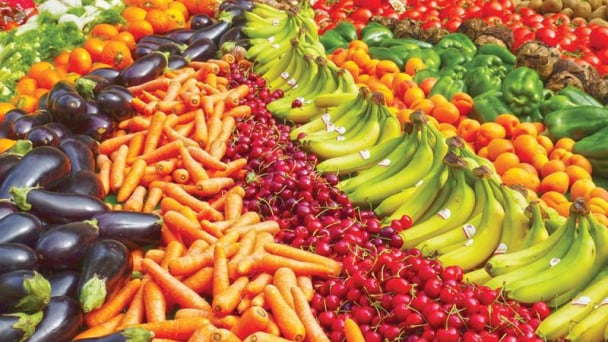
(VAN) On May 15, Ministry of Agriculture and Environment of Vietnam hosted the 'Connecting Vietnam - Germany agricultural, forestry and fishery trade' seminar in Berlin, Germany.
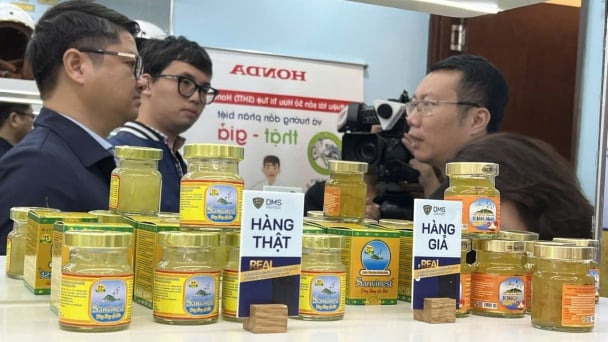
(VAN) In the face of counterfeit and imitation products, Khanh Hoa Salanganes Nest Company hopes for the prompt completion of the legal framework, strict enforcement against violations, and protection of the bird’s nest brand.
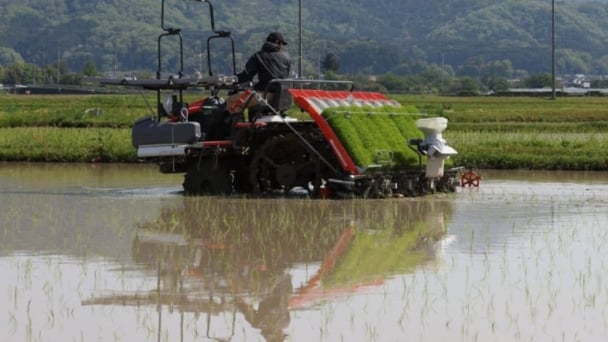
(VAN) Japan's efforts to lower the price of rice through the release of its stockpile may finally be making some progress, albeit at a snail's pace.